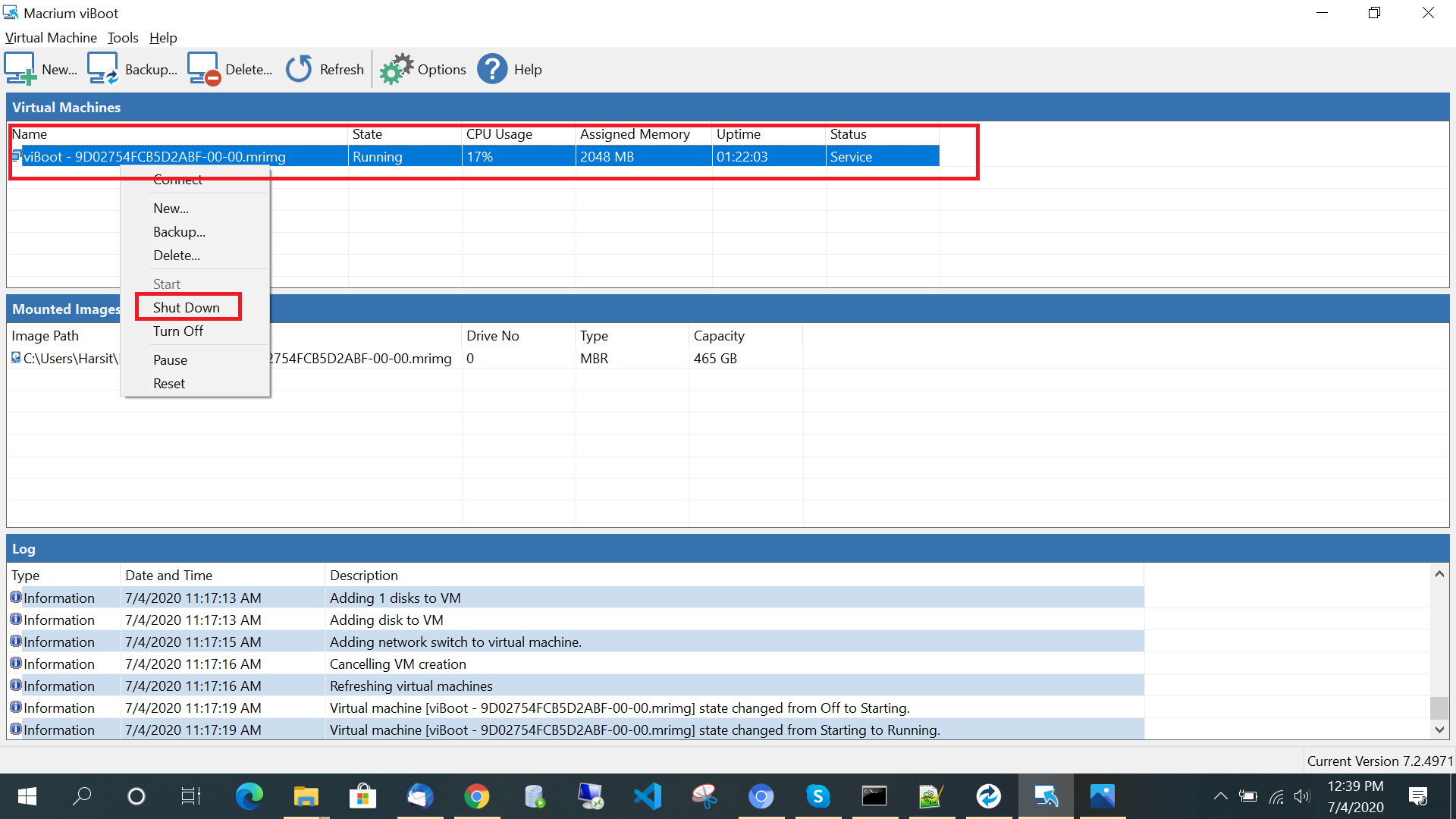
Select the VM you just created, and click Start to boot up the VM.(If you checked Start virtual machine on creation the VM will start automatically once it's created)īoot into the installer, and follow the instructions given by the installer. If you need to add advanced settings, you can edit the VM configuration directly by clicking on Edit as YAML.Īnd if you want to cancel all changes made, click Cancel. You can add additional networks by clicking Add Network.You can keep it or change it to the other available option, bridge. Type: The value masquerade is set by default.You can keep it or change it to the other available options from the dropdown. Model: The value e1000 is set by default.See Harvester Network for the full description on how to create new networks. You can't change this option if no other network has been created. Network: The value management Network is set by default.Name: The value default is set by default.The Management Network is added by default with the following values:.You can add additional disks using the buttons Add Volume, Add Existing Volume, Add VM Image, or Add Container.Docker Image: The value /suse/vmdp/vmdp:2.5.3 is set by default.Name: The value virtio-container-disk is set by default.The third volume is a Container with the following values:.You can keep it or change it to the other available options, SATA or SCSI. Bus: The value VirtIO is set by default.See the disk space requirements for Windows Server and Windows 11 before changing this value. Name: The value rootdisk is set by default.The second volume is a Volume with the following values:.

Bus: The value SATA is set by default.

You can change it if your image has a bigger size. See Upload Images for the full description on how to create new images.


 0 kommentar(er)
0 kommentar(er)
